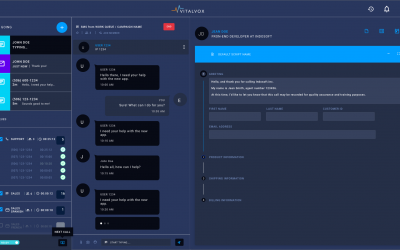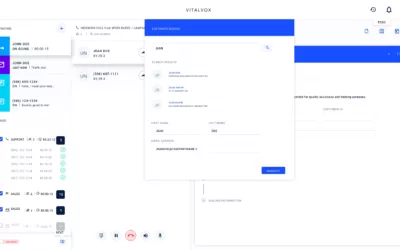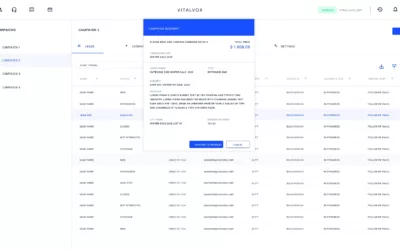
Navigating the constantly changing business environment requires a delicate balance between maintaining compliance, controlling costs, and ensuring operations run smoothly.
Consequently, adopting an open approach to compliance, marked by transparency, collaboration, and adaptability, emerges as a pivotal strategy for organizations aiming to refine their compliance practices.
Moreover, open compliance strategies for cost efficiency not only lead to significant time and cost savings but also cultivate a culture of trust and ongoing enhancement.
let’s explore the advantages of embracing open compliance and its transformative impact on your business.
Transparency: The Foundation of Efficiency
Transparency in compliance processes encourages an environment where information is readily available and accessible to all relevant stakeholders. This open exchange of information allows for:
- Quick Identification of Compliance Gaps: Early detection of non-compliance issues prevents costly penalties and operational disruptions.
- Streamlined Audit Processes: With everything on the table, audits become less time-consuming and more straightforward, reducing the administrative burden on your team.
Collaboration: The Key to Innovation
An open approach to compliance promotes collaboration across departments and with external regulators. This collective effort leads to:
- Shared Best Practices: Leveraging knowledge across the organization can lead to innovative solutions that streamline compliance processes.
- Enhanced Problem-Solving: When teams work together, they can more effectively address compliance challenges, reducing the need for expensive external consultations.
Adaptability: Staying Ahead of Change
In a regulatory environment that’s constantly changing, adaptability is crucial. An open approach to compliance ensures that your organization can:
- Quickly Implement Regulatory Changes: Stay agile and adjust to new compliance requirements with minimal disruption.
- Reduce Compliance-Related Costs: By being proactive and adaptable, you can avoid the steep costs associated with last-minute compliance scrambles.
Building a Culture of Continuous Improvement
An open approach to compliance does more than just save time and money; it cultivates a culture of continuous improvement where:
- Feedback is Valued: Encouraging feedback on compliance processes from all levels of the organization leads to ongoing enhancements.
- Compliance is Integrated into Daily Operations: Rather than being a periodic headache, compliance becomes a seamless part of your business operations.
Conclusion: Embracing an Open Compliance Culture
Embracing open compliance strategies for cost efficiency is more than a strategy. It’s a mindset shift that significantly benefits your organization.
By prioritizing transparency and encouraging teamwork, you streamline compliance processes.
This leads to savings in time and resources. Furthermore, this approach builds a resilient and agile business.
It prepares you to tackle the complexities of a shifting regulatory landscape efficiently.
Contact us to explore how an open approach to compliance can revolutionize your operations.
Categories
- Agent Performance & Training
- AI solutions
- Asterisk
- Business Growth
- Call Center Performance & Productivity
- Call Center Software Platform
- Call Center Technology & AI Integration
- Call Center Training
- Call Center Workforce Management
- Call Monitoring
- Cloud-Based Solutions
- Customer Experience
- Data Security
- General
- Insights
- Integrated Customer Service
- News
- Omnichannel Communication Strategy
- Omnichannel Support
- Quality Assurance
- Tech


